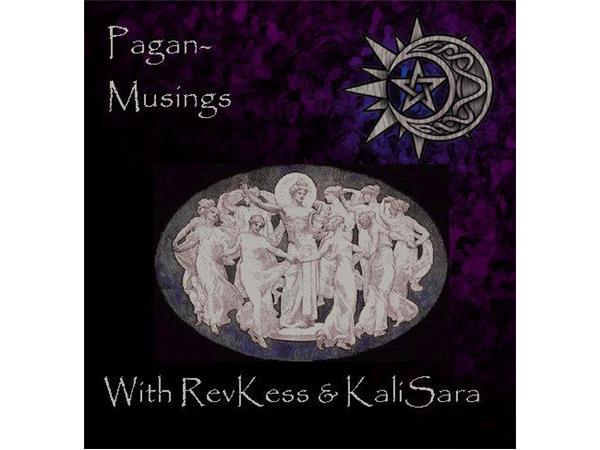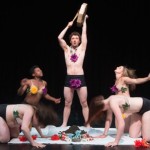A little background
By way of background for my new Patheos friends: I was raised Mormon. When I was 19, I went on a proselytizing mission for the LDS Church for 2 years in Brazil. When I returned, I began to reject certain doctrines and policies of the LDS Church until my ties to the Church became quite tenuous. I officially withdrew from the LDS Church records, but I continued to consider myself a Christian for a while, and I even had an experience of being “saved”. A couple of years later, I discovered Neo paganismand Jungianism (for a while I thought they were the same thing) and began identifying as a Neopagan soon thereafter. I have attended a few open circles and large Pagan events like Pantheacon and Pagan Spirit Gathering, but I have remained a “solitary” Pagan.
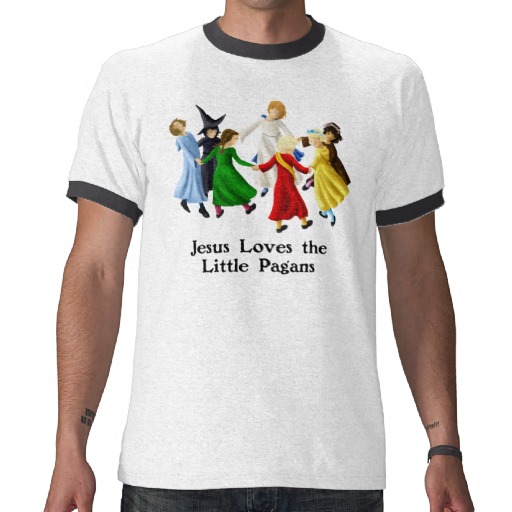
My wife continues to be Mormon, and my two children attend both the LDS Church and the Unitarian church where I go on Sundays. As a family, we have seasonal Pagan rituals that I write. One of the highlights of my Pagan life was when my wife and I held a “Pagan baptism” for my kids on the shore of Lake Michigan, to compliment my daughter’s baptism in the Mormon Church. I wrote the ritual and we all wore “Jesus Loves the Little Pagans” T-shirts. The ritual was attended by my faithful Mormon in-laws, my agnostic father, and my atheist uncle, all of whom were very supportive. My wife and I both immersed the kids after invoking the Goddess of life and death manifest in the ebb and flow of the water.
I’ve been blogging as the Allergic Pagan for about 2 years. I also have a blog dedicated to Jungian Paganism at PaganSquare called Dreaming the Myth Forward and I am a contributor at Humanistic Paganism.
Being the Allergic Pagan
Why the “Allergic Pagan”? I have seasonal allergies. I get it all year round actually, but especially in spring and fall. But, for me, being a Pagan requires sometimes worshiping outside. This means that, sometimes, when I want (and need) to be outside experiencing nature, I find it very difficult to do so. This is just one of the ways my Pagan practice sometimes does not live up to my ideals. Exploring these difficulties is one of the main reasons I started this blog.
But more than that, this irony of being a Pagan with seasonal allergies symbolizes an essential conflict at the core of my psyche, a conflict between the desire for communion with nature on the one hand and the desire to transcend nature on the other. This conflict is expressed well in a poem by Robert Graves:
Poised in air between earth and paradise
Paradise and earth, confess which pull
Do you feel stronger? Is it of homesickness
Or of passion? Would you rather be loyal or wise?
How are these choices reconcilable?
(Robert Graves, “An East Wind”)
To me, this poem speaks to the tension between the longing to transcend, which Graves associates with paradise, homesickness, and loyalty, and the longing to live life more deeply, which Graves associates with earth, passion, and wisdom.
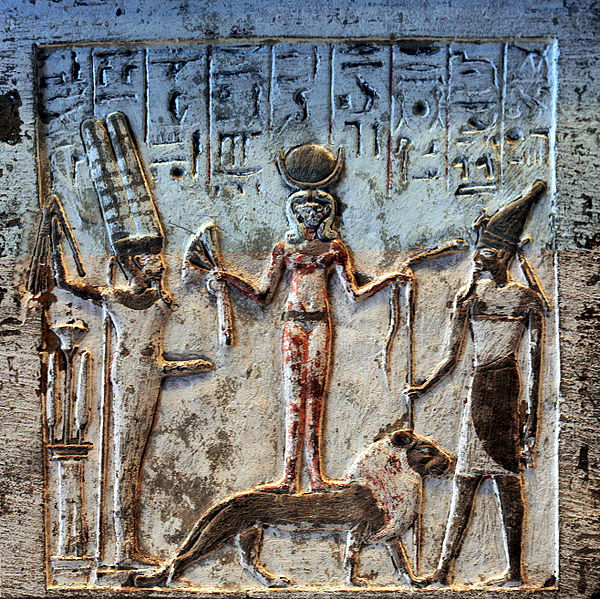
This sense of internal division is why I chose the header above for this blog. The image (which has been altered for the header) comes from Egyptian Stele of Qadesh, which depicts the goddess Qadesh mediating between the Egyptian god Min, god of fertility, and the Canaanite god Resheph, god of war and death. (I always think of Isis mediating between Osiris and Set, when I look at the image, since much of the symbolism is the same.) In the original, the goddess offers lotus flowers (symbolizing life) to Min and snakes (symbolizing death and rebirth) to Resheph. The image expresses a dynamic opposition that is at the heart of both my own personal mythology and my relationship with the world.
While the title of this blog is intended to be somewhat humorous, the impact of my allergies on my spirituality over the course of my life has actually quite serious. I’ve had allergies my whole life and it has been largely untreated until my adult years. In addition to allergies to pollen, weeds, grass … basically anything green, I also am allergic to cats and dogs. And we always had cats and dogs growing up.
When you have allergies, you can’t breathe normally. It is easy to take breath for granted, until you don’t have it. When my allergies hit, it feels like I am walking around in a fog. Obviously I can’t smell, which means I can’t taste. That means that my appetite is diminished. Even my sense of touch seems muted somehow. It feels like there is an invisible film over everything. And I avoid human contact. I feel disconnected from everything. If the quintessential Neopagan experience is one of connectedness, then allergies can pose a real difficulty. (It’s no coincidence, I think, that breathing exercises are such an important part of Pagan practice — as well as many other traditions.)
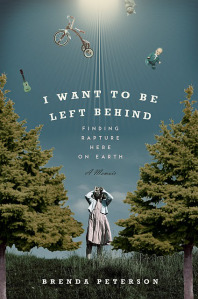
I wonder sometimes if my predisposition to psychological escapism and transcendental religion in my early years was related to my allergies. When life is one big oxygen-deprived fog, it is natural to want to escape into fantasy or long for a transcendent heaven. Gradually though, as I left the Christian religion of my upbringing behind, I came to realize that my only “sin” was not loving life — this life — enough. As Albert Camus writes: “If there is a sin against life, it consists perhaps not so much in despairing of life as in hoping for another life and in eluding the implacable grandeur of this life.” (from “Summer in Algiers”).
I eventually came to see that what I needed was not transcendence, not escape from life, but to experience life more fully, more intensely. To live deep and to suck out its marrow, like Thoreau says, and not when I come to die, discover I had not lived. Psychoanalysts call this sense of life eros or libido, but it is more than a sexual energy. It is life itself, “life abundant” in the words of Jesus. D.H. Lawrence calls it “vitality”. After visiting Etruscan tombs and being inspired by the murals there, Lawrence writes about the “myriad vitalities” of the cosmos in wild confusion …
“and man, amid all the glowing welter, adventuring, struggling, striving for one thing, life, vitality, more vitality: to get into himself more and more of the gleaming vitality of the cosmos. That is the treasure. The active religious idea was that man, by vivid attention and subtlety and exerting all his strength, could draw more life into himself, more life, more and more glistening vitality, till he became shining like the morning, blazing like a god.” (D.H. Lawrence, Etruscan Places)
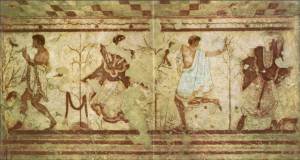
And this is what Paganism does for me: it helps me draw more life into myself. Still, there is the part of me that longs for transcendence. This conflict is at the core of me, I think. Like Robert Frost, I think my epitaph might be: “I had a lover’s quarrel with the world.”
Disclaimer: Ads on this site are not endorsed by the author.








